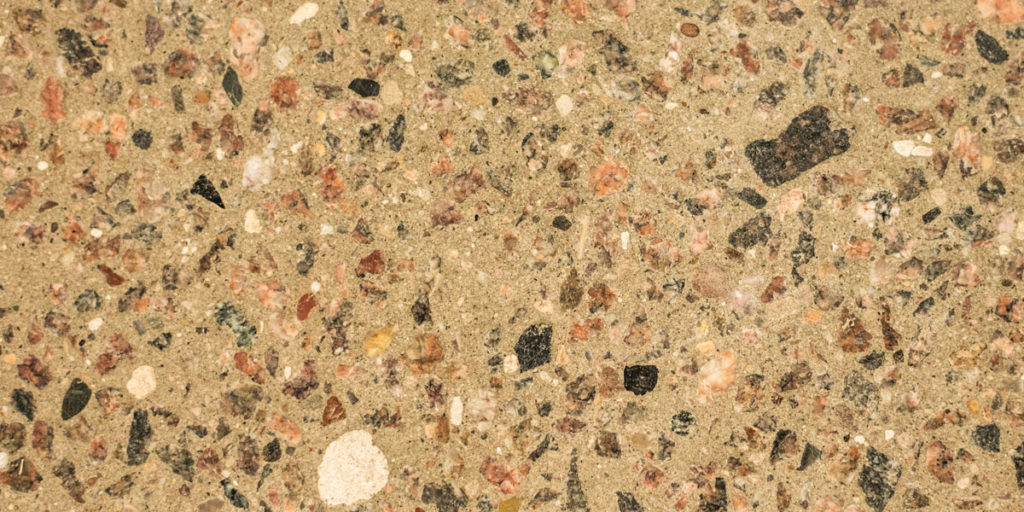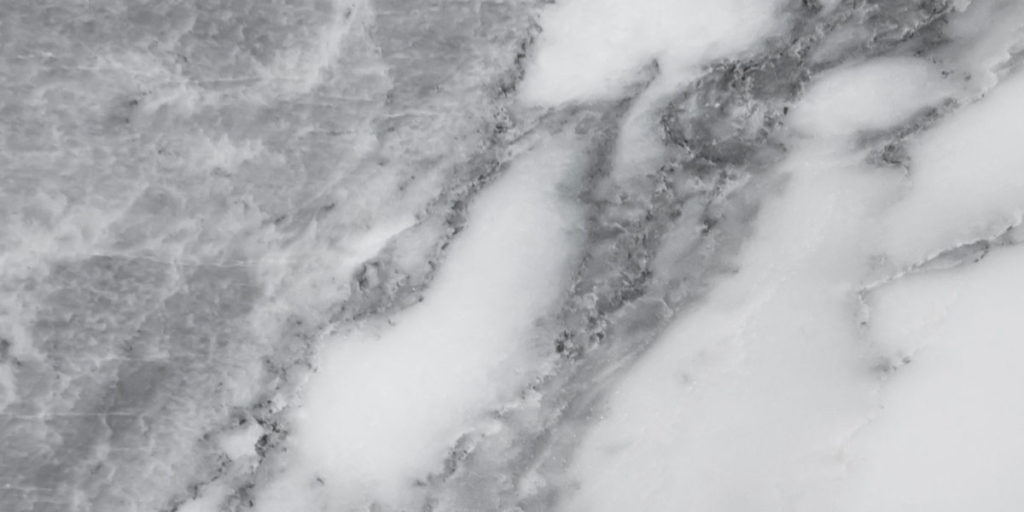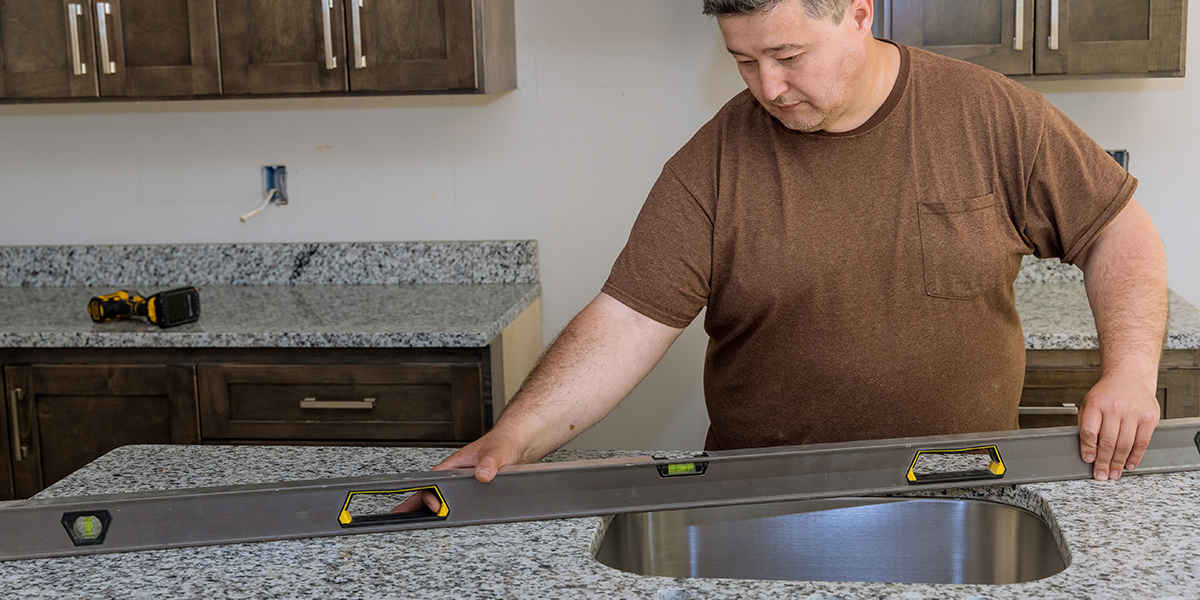If you’ve already decided to make a stone installation in your home, congratulations; you’ve made an excellent decision. But if the types of stones available for your project are a wild west of confusion for you, we want to help clear the air and help you make the best selection possible. Part of the confusion comes from the names of the stones because, as you will see, sometimes a stone is a stone in name only.
Download Our Natural Stone Care Guide — Click Here

One example of this is engineered quartz, which you may also know as Silestone. Many materials have confusing names that, to the untrained ear, sound like they are natural stones when they are not. Let’s investigate.
Engineered quartz, or quartz, has a similar name to the natural stone quartzite, which is also known as quartz. So, it comes as no surprise to us that there is confusion about these two materials. But similar their names may be, we want to emphasize that the differences there and they are notable.

Quartzite is a made up of 100% mineral and is a pure product of nature. As if this topic weren’t confusing enough, the main ingredient in all species of quartzite is also called quartz. Different samples are made up of different amounts of the quartz mineral as well as other minerals, which gives the stone its unique characteristics. Natural quartzite has a wide array of aesthetics and patterns, so if you have a preference for what you want your stone to look like, you’re in luck–natural quartzite has got you covered. Natural quartzite is also known for its durability, and its heat and stain resistance.
So, that covers the natural stone, but what about the engineered stone? Let’s learn a little bit about engineered quartz, or, as it is sometimes known by its brand name, Silestone. Like its naturally occurring counterpart, engineered quartz predominately consists of the quartz mineral, but instead of the mineral being held together through natural means and processes, engineered quartz is held together with a polyester resin and there is less of the quartz mineral in the engineered stone. Also, should you select an engineered stone, the amount of the mineral in the stone is often given by weight, not by volume.
Let’s talk about the qualities of these materials. Quartzite can be used indoors and out while the engineered stone is best kept inside because UV rays will cause the resin to yellow over time. Some, but not all, quartzite needs to be sealed, while the engineered stone resists stains decently well, but can be damaged by intense scrubbing or abrasive cleaners. Quartzite also resists heat very well, while you should be careful with your pots and pans around the engineered stone to prevent damage.
When it comes to stone selecting, it pays to be educated. The names Silestone and quartz may look and sound like natural stones but, in fact, they are not. Meanwhile, the natural stone quartzite is sometimes known by its primary mineral: quartz. This can all be quite confusing, which is exactly why we want to help you to be knowledgeable about your stone selections before a more permanent installation is done. For more help regarding your stone installations, the Z Stone team is ready to guide you along the way.





